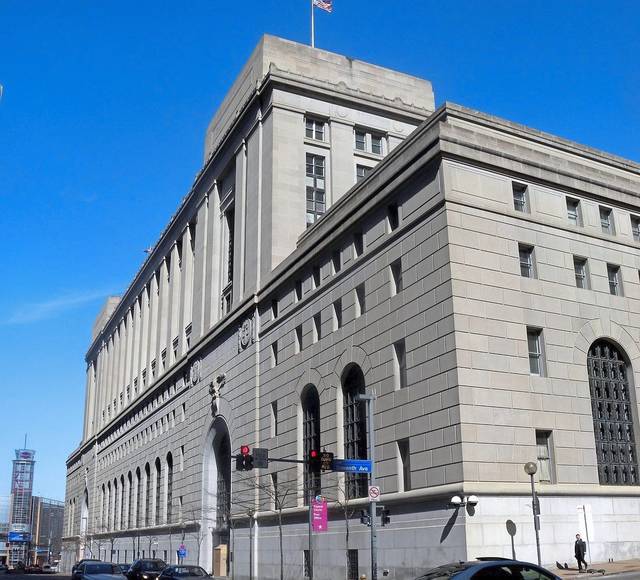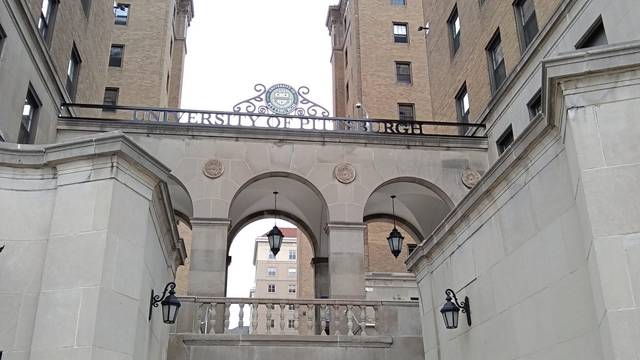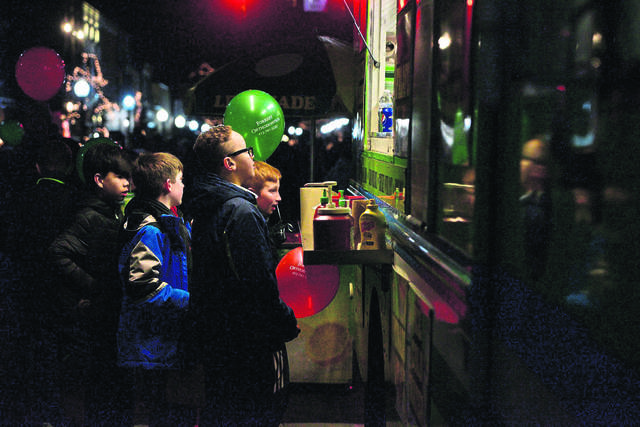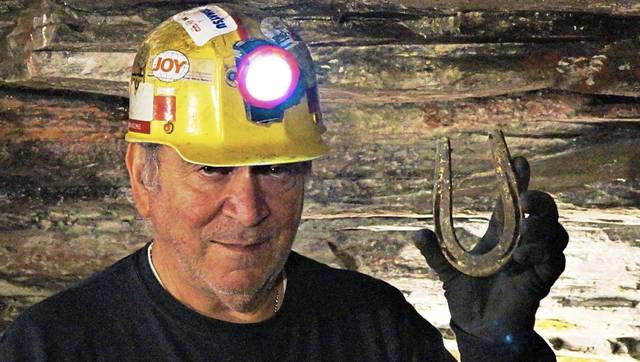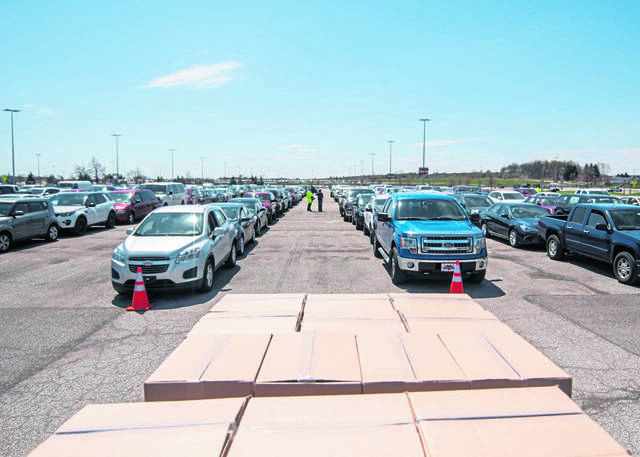Evidence that could have corroborated the sole eyewitness account placing suspect Cheron Shelton near the scene of the Wilkinsburg mass shooting was kept out of testimony because prosecutors weren’t presented with it until after the trial started, court documents show.
The evidence showed that investigators searched a database for a particular license plate the night of the shooting. However, that information never made it from Allegheny County Police detectives to prosecutors, who would have been obligated to share that with the defense.
It was unclear why prosecutors never received the information.
Shelton, 33, was facing six counts of murder and potentially the death penalty in connection with the March 9, 2016, shooting at a backyard cookout on Franklin Avenue. He was acquitted last week.
The issue regarding the license plate evidence first came to light Feb. 4, the second day of testimony.
A key piece of attorney Randall McKinney’s defense hinged on discrediting Wilkinsburg Detective Michael Adams. Adams was the only witness who could place Shelton on Franklin Avenue that night, just minutes after the gunfire. Adams testified he was on patrol and heard gunshots about 10:53 p.m. and drove the short distance to Franklin Avenue.
As he scanned the street, he said, he saw a man he later identified as Shelton getting into a white Lincoln Continental.
Adams said he pulled next to the driver, window to window, and stared at him. He said he expected the man to start his car, or at least look over at him, at which point he’d motion for him to roll down his window. The man never looked over, and Adams said he drove off after hearing a woman screaming down the street.
As he drove off, he said, he noted the Lincoln’s license plate number, JBP-2200. He said he remembered it with “Jiffy Butter Peanut.”
“The evidence will show you that Detective Adams is lying to you,” McKinney told the jurors during his opening statement. Later, when McKinney cross-examined Adams, he pointed to inconsistencies in Adams’ previous testimony and accused the detective of embellishing his account, including the license plate number.
He questioned why Adams no longer had the paper on which he noted the plate number and why he could not remember the county detective he said he had given the information to. McKinney dug into the fact that no officer came forward to say they were the one who spoke with Adams.
That proof turned up the next day, but jurors would never hear it.
In a sidebar conversation that included Judge Edward J. Borkowski, the court reporter and attorneys from both sides, Deputy District Attorney Kevin Chernosky said he was given a memo from 2017 by county police Detective Patrick Miller.
The 10-page memo from Miller to then-Lt. Andrew Schurman included a computer-aided dispatch (CAD) report. It confirmed that investigators knew Shelton’s license plate the night of the shooting and ran it through a system tracing it to its registered owners — Shelton’s mom and sister — in the hours after the massacre.
“Obviously, it is a discovery violation,” Chernosky conceded, according to the transcript. “Obviously, it is detrimental considering the path that the defense has taken.”
The CAD report showed someone searched the JBP-2200 license number at least twice that night, once at 1:19 a.m. and the other around 3:50 a.m., which showed that investigators had connected Shelton to the shooting.
Chernosky told the judge he was unaware of the report before it was given to him during the lunch break that day, and so McKinney would not have known about it when he made his opening remarks and when he cross-examined Adams.
Borkowski ruled the prosecution could not use the information but that McKinney could no longer accuse Adams of lying.
“I think it would be a fair compromise if we go that route,” Chernosky said.
Borkowski told McKinney his closing argument would have to be phrased “delicately.”
“I would hope that I could argue to the jury, you never heard any other witness or detective confirm that they were given this information?” McKinney asked.
“You can argue that,” Borkowski told him.
Jurors seemed to pick up on McKinney’s attempts to discredit Adams. On Feb. 12, during their second day of deliberations, jurors requested to again hear the part of the detective’s testimony during which McKinney pointed out inconsistencies.
In a rare move, Borkowski allowed the testimony to be read back to them.
Adams testified during the trial that when he pulled next to the Lincoln, he stared at the man inside for five or six seconds. McKinney pointed to Adams’ testimony from a July 2018 hearing in which he said he stared at the man for about a minute.
Confronted with the differing times, Adams hedged.
“At this particular moment, it’s hard to remember how many seconds,” Adams told McKinney.



